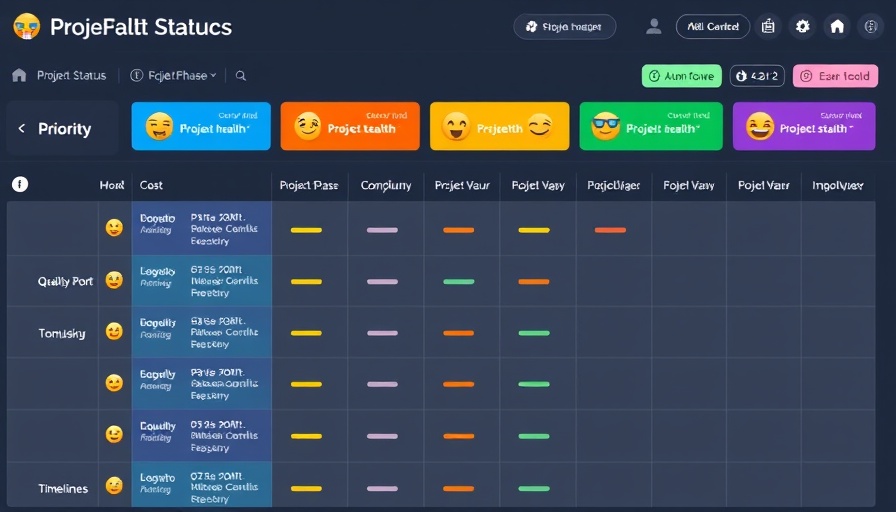
Revving Up Engagement: Insights from Cisco's Carrie Palin
This month, Chief Marketer shines the spotlight on Carrie Palin, Cisco's Senior Vice President and Chief Marketing Officer, as we dive into the evolving landscape of marketing in a tech-driven world. Fresh off the heels of the Cisco Live conference in San Diego—an event that drew an impressive 23,000 attendees—Palin offers fascinating insights into how the tech giant is reinforcing its commitment to innovation, community, and women’s sports.
The Importance of Thought Leadership in Tech
Palin noted a significant surge in attendance at Cisco Live, amidst concerns over the macroeconomic environment, signaling a deep thirst for knowledge and connection among tech professionals. With a focus on cutting-edge innovations, she emphasized that when companies provide a robust array of updates, it undoubtedly fuels brand interest and market engagement. This leads us to an essential strategy for any business—thought leadership. By leading conversations in tech trends, your brand can position itself as an authority in the market, enhancing both credibility and trust.
Cisco's Commitment to Women’s Sports
Another highlight from our conversation was Cisco’s active engagement in women’s sports, particularly through its F1 Academy sponsorship and involvement with McLaren's Next Program. Palin described these partnerships as integral components of Cisco's purpose-driven marketing, creating a platform for empowerment and visibility for women athletes globally. This reflects a growing trend within marketing—aligning brands with causes that resonate deeply with their audiences. By championing diversity and inclusivity, Cisco not only elevates its brand image but also drives community happiness and loyalty.
Leveraging AI in B2B Marketing
With technology becoming increasingly essential, AI is changing the B2B landscape significantly. Palin’s insights bring to light various use cases where AI enhances customer experiences, from smarter lead generation strategies to more personalized marketing efforts. For example, using AI to analyze customer data can inform tailored campaigns that resonate more with target audiences. Companies that harness this technology effectively can witness substantial improvements in customer acquisition and retention.
Building a Brand That Resonates
At the heart of Palin's vision for Cisco is a commitment to integrity and trustworthiness. Brands today are not just selling products; they are selling values. Engaging in meaningful conversations, particularly on platforms that celebrate diversity, can significantly enhance a brand’s position in the market. For business owners generating between $2M to $10M in annual revenue, establishing brand significance through relatable narratives is crucial for customer acquisition strategies.
Actionable Takeaways for Scaling Businesses
So, what can business owners take away from Cisco's approach? First, prioritize thought leadership as a way to substantiate your company's expertise. Host events, webinars, and publish insights that showcase your knowledge. Second, don’t hesitate to align your brand with movements that promote inclusivity; authenticity is what consumers gravitate towards today.
Lastly, embrace innovative technology by integrating AI solutions into your marketing strategy. One key benefit here is enhanced demand generation through data-driven insights—essential for attracting and retaining customers in an evolving B2B landscape.
In the fast-paced world of business, remaining relevant requires adaptation and a willingness to engage in transformative practices. Are you ready to elevate your marketing strategies?
 Add Row
Add Row  Add
Add 



Write A Comment